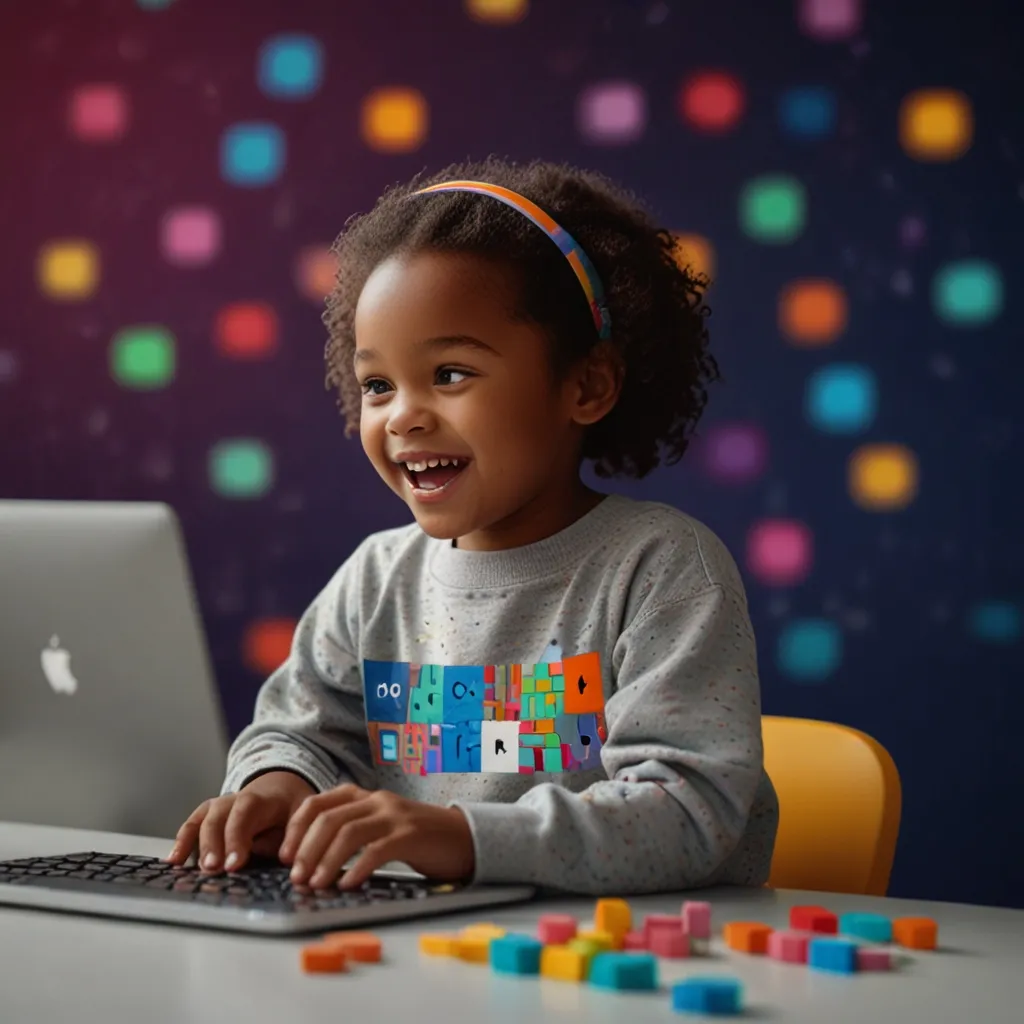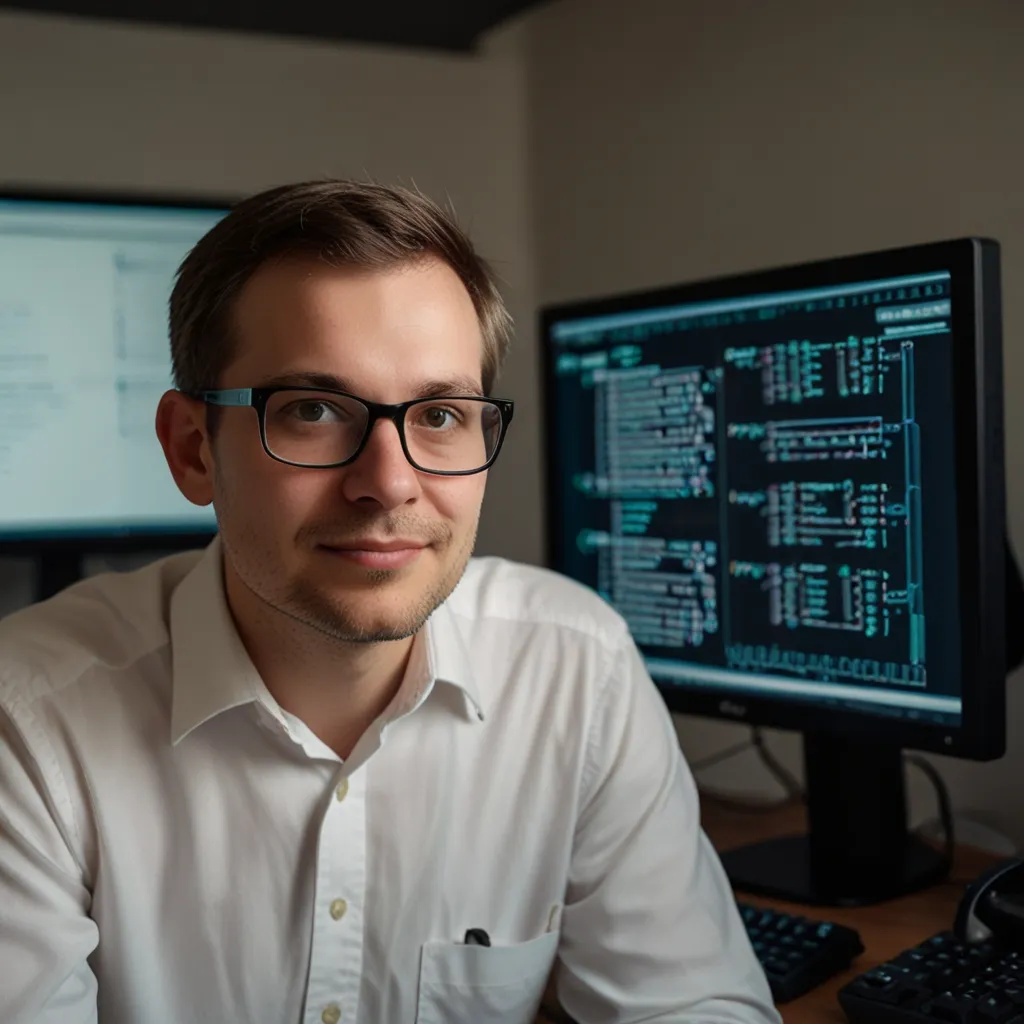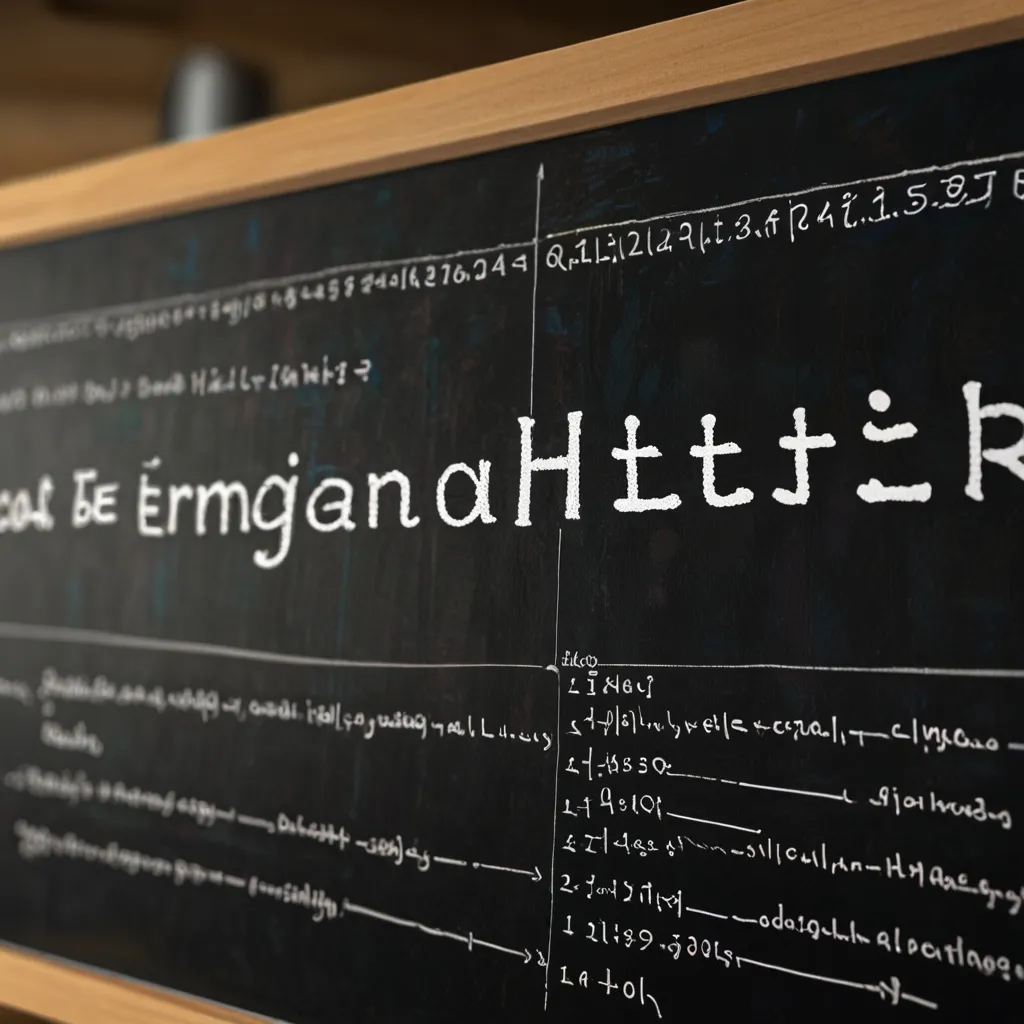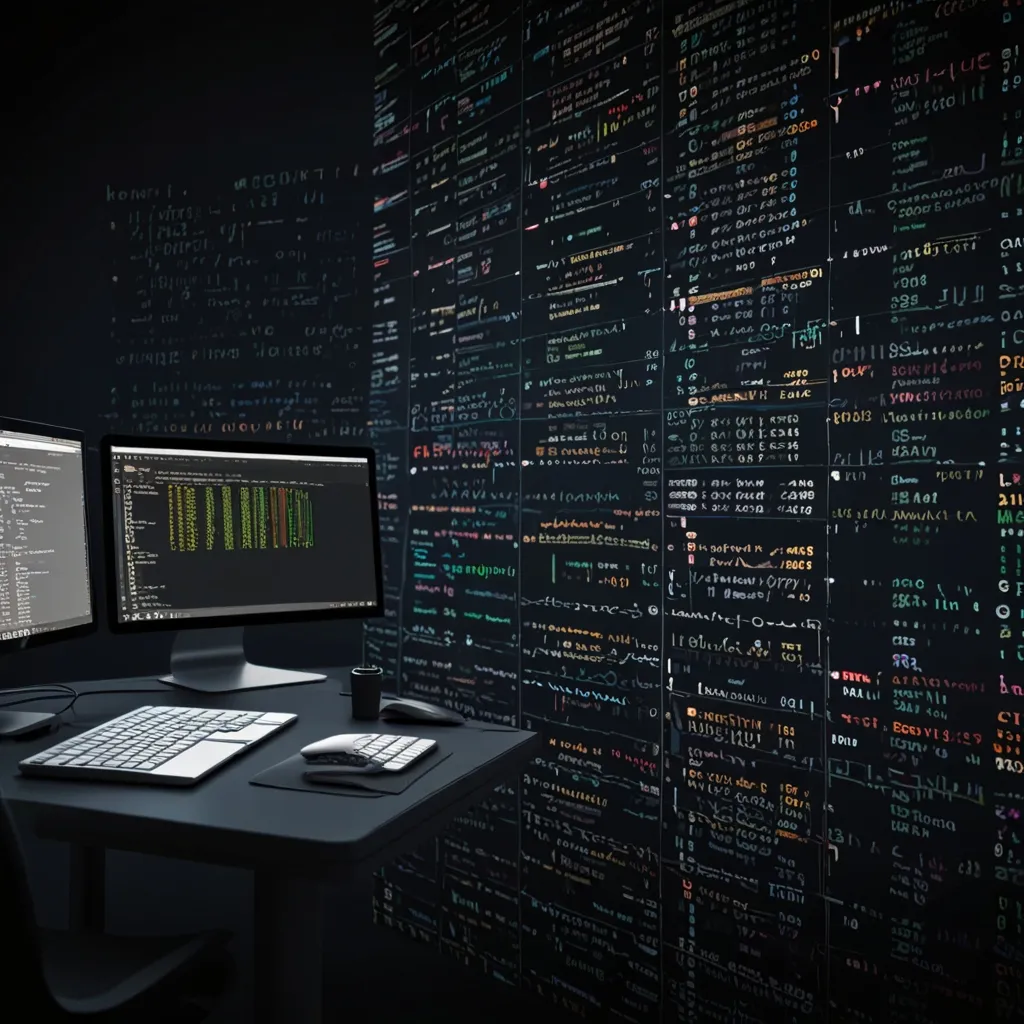Scratch has truly been a game-changer when it comes to easing kids and beginners into the world of programming. Created by the bright minds at MIT’s Media Lab, this visual programming language breaks down the intimidating walls of coding and makes it a fun, engaging, and interactive experience for young learners.
Let’s start by diving into Scratch’s essence. It’s not just a language but a platform where users can create interactive stories, games, and animations. Instead of the daunting text-based code, Scratch uses blocks that you snap together, like virtual Lego pieces, to create programs. This block-based approach is genius because it sidesteps syntax errors, which can be a real headache for newbies.
When you fire up Scratch, you’re greeted by four main components: the stage, sprites, scripts, and the programming palette. Think of the stage as a theater where all the action happens. Sprites are like the characters in your play, each with its own script that tells it what to do. The programming palette is your toolbox, filled with blocks you’ll use to bring your sprites to life.
Now, getting started with programming in Scratch is like playing with digital building blocks. Control blocks, for instance, help kick things off. Imagine starting your project with a block that says, “When the green flag is clicked.” Then, you have motion blocks to make your sprites dance around the stage, teaching you valuable lessons about positive and negative values and degrees. Looks blocks let your sprites change appearances or convey messages, while sound blocks add a fun audio dimension to your projects.
What makes Scratch particularly special is how it nurtures creativity while teaching systematic thinking. As users create their projects, they learn to think outside the box and reason methodically. This visual approach simplifies understanding programming logic, making debugging a whole lot easier.
One standout benefit of using Scratch is that it significantly reduces cognitive load. Beginners don’t have to sweat over syntax errors and can focus solely on grasping programming logic. This feature makes Scratch an excellent starting point, even for kids as young as five, especially with the kid-friendly version, ScratchJr.
But Scratch isn’t just a tool; it’s a thriving community of over 64 million users who share a staggering 67 million projects. This online hub allows young coders to exchange ideas, collaborate, and learn from each other, fostering a vibrant, creative environment.
While Scratch is perfect for getting started with coding, it also lays a strong foundation for users to transition to more advanced, text-based programming languages. Research has shown that those who start with block-based languages like Scratch perform better when they move on to text-based coding. The block-based system solidly implants core programming concepts, making the transition smoother and less intimidating.
Scratch’s reach goes beyond just virtual projects. It integrates with real-world tools like LEGO Mindstorms EV3 and BBC micro:bit. This means users can write code to control physical devices, bridging the gap between virtual programming and tangible real-world applications. Such integration turns learning into a thrilling experience, showing kids how their code can directly impact the world around them.
Accessibility is another feather in Scratch’s cap. Available in 70 languages and free to use, Scratch ensures no one is left out. Whether you’re in a well-equipped school or a community with limited internet access, Scratch can be downloaded and used offline, making it an invaluable resource globally.
At its heart, Scratch teaches fundamental programming concepts through an event-based coding process. Beginners use if/then statements, loops, and functions to build their projects. What’s brilliant is how Scratch visually represents these concepts. For example, using a “repeat” block to make a sprite move in a circle clearly teaches the idea of loops, which is fundamental in all programming languages.
Moreover, Scratch effectively demystifies common misconceptions about programming. Studies indicate that learners using block-based languages like Scratch have a clearer understanding of loops compared to those using text-based languages. The visual interaction of different blocks makes the learning process smoother, reducing confusion and frustration.
In essence, Scratch is more than a programming language; it’s a doorway to the fascinating world of coding. Its simple, visual interface, engaging projects, and supportive community make it an ideal tool for children and beginners. For parents, teachers, and learners alike, Scratch offers a fun and effective way to dip their toes into programming, paving the way for a lifelong journey in computer science. With its global community, real-world applications, and unmatched accessibility, Scratch stands as a priceless resource for anyone eager to embark on their coding adventure.






